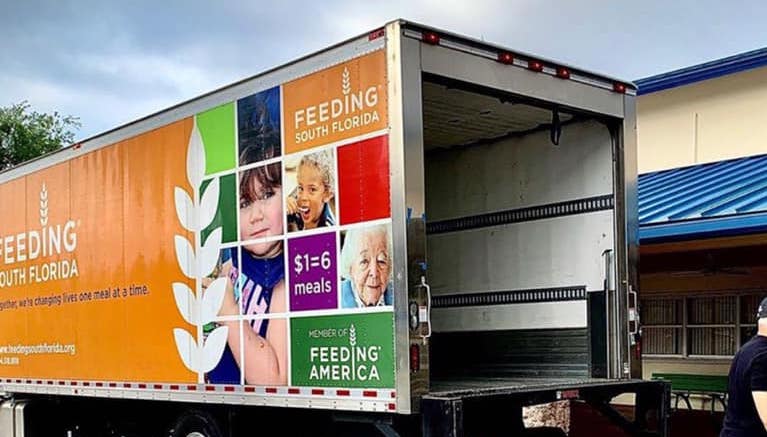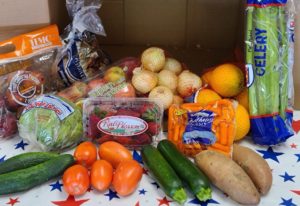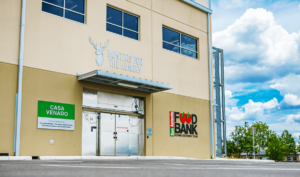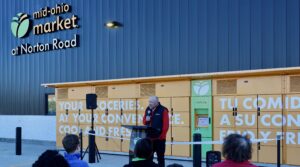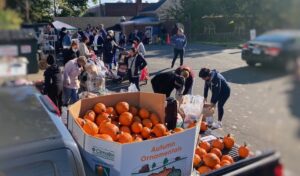Feeding South Florida didn’t need a strategic analysis to know it lacked the storage space to handle the enormous volume of food coming into its warehouse this spring to meet demand generated by the pandemic. “You could see that an incoming pallet was blocking an aisle, but there was nowhere to move it,” recalled Paco Velez, President and CEO.
[This article is provided by McKinsey & Co., a content collaborator of Food Bank News.]
By May of this year, the organization — Florida’s third largest food bank with $98 million of revenue in 2019, according to Food Bank News’ list of the 100 largest food banks — was receiving twice as much food as 2019, thanks to its work in identifying new sources of food, as well as from emergency supplies of produce from the US Department of Agriculture (USDA).
Feeding South Florida responded by adding shifts for warehouse operators and truck drivers, but it still wasn’t enough. As space became increasingly scarce, inventory holding times started ratcheting up from four to six days. Its warehouse operations were simply not structured in a way to sort, store, pick, and ship fast enough to keep up with such high demand.

The organization ended up turning to a powerful lever that did not require it to add staff or undergo a costly expansion of its facility. With warehouse optimization, it put itself on a path toward meeting the unprecedented needs of its community in an efficient way. The global consulting firm McKinsey & Co. estimates food banks can improve throughput by at least 20% to 30% by streamlining their warehousing.
Velez and Sari Vatske, Executive Vice President at Feeding South Florida, understood that they didn’t have to reinvent the wheel. Partnering with McKinsey in June, they drew upon basic techniques like lean warehousing, inventory management, governance, performance management and capability-building to drive change. Importantly, they involved warehouse staff early on in designing and implementing the changes.
An initial assessment revealed a number of areas that could be improved. The leaders realized, for example, that inbound volumes were highly concentrated, with about three-quarters of all input coming from ten suppliers. Of those suppliers, the USDA was by far the largest, accounting for more than half of total input and eight times more than the second largest supplier, a regional supermarket chain.
The food bank used its visibility into USDA shipments to better plan purchases, assess capacity and collaborate with the department to spread deliveries more evenly across the week. Other causes of congestion at the facility also came to light, including hurricane relief supplies like bottled water and meals ready-to-eat taking up valuable storage space and displacing fast-moving, in-demand items like perishable foods.
The team responded by relocating relief supplies to off-site storage and grouping the fast-moving items in one area closer to the loading docks. A side benefit emerged in the form of better communication between the warehouse team and the distribution team, which had a pulse on the products likely to move fastest.
To improve management of the warehouse, Velez and his executive team involved front-line warehouse workers in collaborative workshops, not only to generate the best ideas, but also to ensure buy-in. Shifting mindsets was key, as the food bank’s workers were almost always in “firefighting” mode, leaving little time to focus on how to work in new ways. “They’re the ones really doing the work—they see what’s going on,” Velez said.
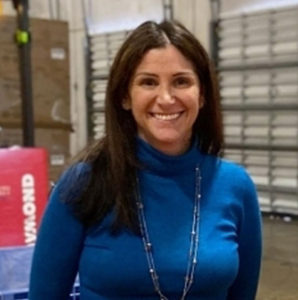
The workshops were a huge success. In two weeks, more than 35 initiatives had been identified, prioritized and sequenced. For example, it became clear that staffing levels could be rebalanced to better align with the flow of inventory and improve productivity. Further, efficiency could be improved by standardizing loading and unloading processes by truck type and product mix.
The sessions also highlighted the value of increasing the number of shipments that go directly to partner agencies, bypassing the warehouse and reducing congestion and the risk of inventory waste. Finally, training workers in new capabilities, introducing software tools and applying performance-management techniques led to increases in individual productivity.
The success of the workshops underscored the value of collaboration as a management tool. So the food bank began holding daily shift huddles to discuss priorities for the day and escalate any issues requiring attention. Crucially, senior managers stepped forward to drive these meetings. Simple collaboration tools like whiteboards made it easier for everyone to give feedback in real-time, and for managers to provide “in-the-moment” coaching opportunities.
In parallel, leadership quickly launched a new governance structure that included all levels of the warehouse staff, as well as leaders from other parts of the organization, such as transportation and distribution. The teams create detailed plans about initiatives and who is accountable for them over time.
Two quick wins emerged. First, the food bank adopted the use of “shift sheets.” Shift supervisors complete these written reports on the status of various products and processes before handing them off to their counterparts on the next shift. Previously, such communication had been ad hoc at best; now, shift sheets are the norm. Second, the team added a daily cross-functional meeting, led by Vatske. “These meetings cover our work all the way from the food coming in to the food going out,” Velez said.
An important aspect of the organizational change has been to shift workers’ mindsets to enact grassroots change. That began with training sessions. The well-attended sessions led to renewed engagement from warehouse workers, who started providing new ideas for quick implementation. Most of the suggestions required no capital, while others, such as using scanners to speed up sorting and processing, are now being implemented.
Less tangible but still valuable are the subtle behavioral changes now seen on the receiving bays. “Now folks understand that it may take just 30 minutes to offload a truck but it takes an hour to put away the product,” Velez said. “They’re understanding resources, they’re understanding efficiency. They’re understanding what a supervisor pays attention to—and maybe they see how they could take on leadership roles themselves. That’s what I take pride in.”
Feeding South Florida still faces headwinds. For instance, donation shipments are down from 150 truckloads a week to as few as 49, as government support has leveled off. On the positive side, the organization is designing a new larger facility of 150,000 square feet to coincide with the expiration of the lease on its current facilities in three years. The new building would manage about five times more throughput than the current operation.
While improving warehouse operations helped make a big difference relatively quickly, Feeding South Florida realizes that reworking its management structure, adding performance management, and engaging workers were critical steps as well. Overall, Velez believes the organization is better positioned than ever to serve South Florida’s food-insecure population. “We’re in a much better place.” — Eduardo Tobias Benoliel, Ana Calvo, Ignacio Felix, and Byron Ruby.
Benoliel, Calvo, and Felix work in McKinsey’s Miami office as an Associate Partner, a Consultant, and a Partner, respectively. Ruby is a Consultant in the San Francisco office. Please visit McKinsey.com/FoodSecurity for more information.
Like what you’re reading?
Support Food Bank News
Connect with Us:
